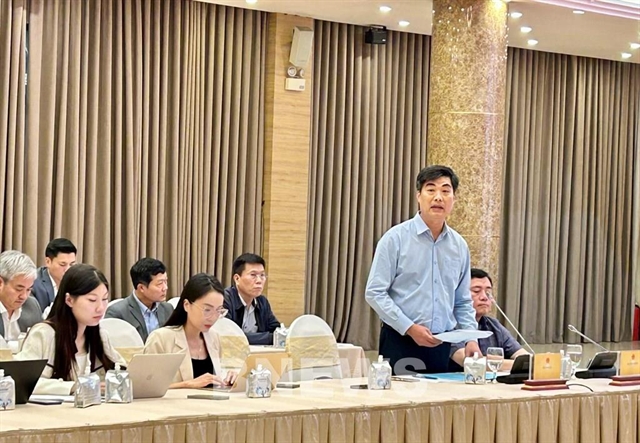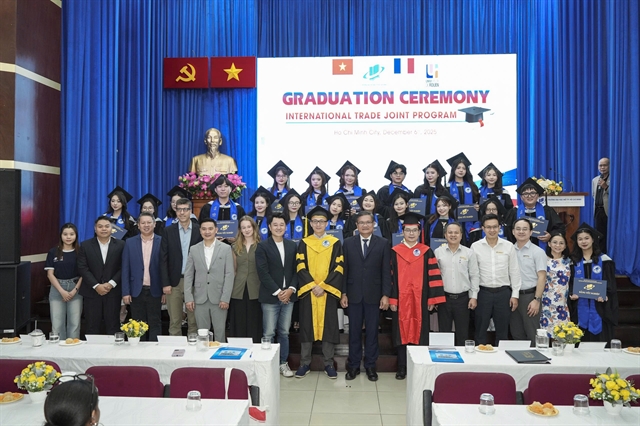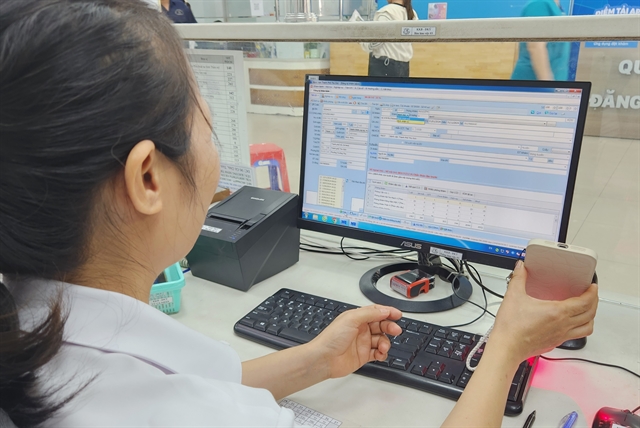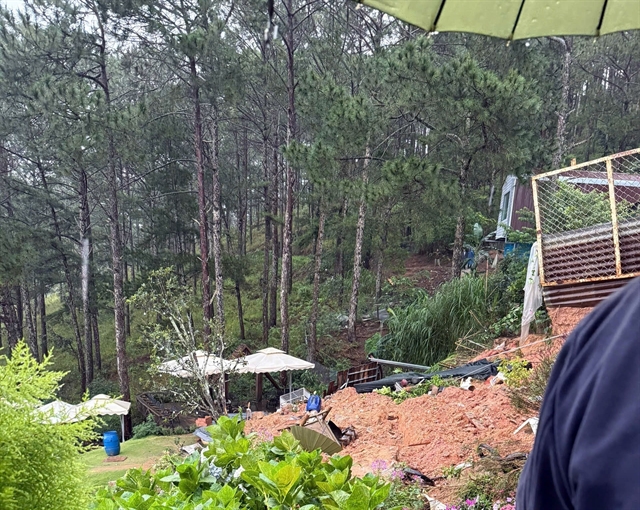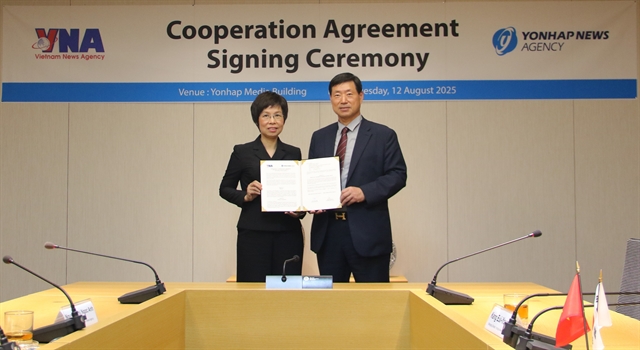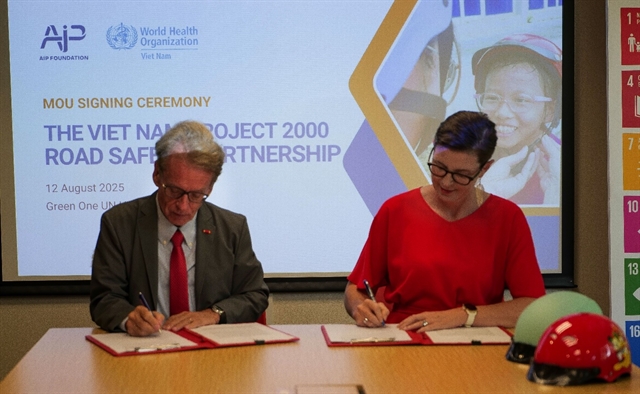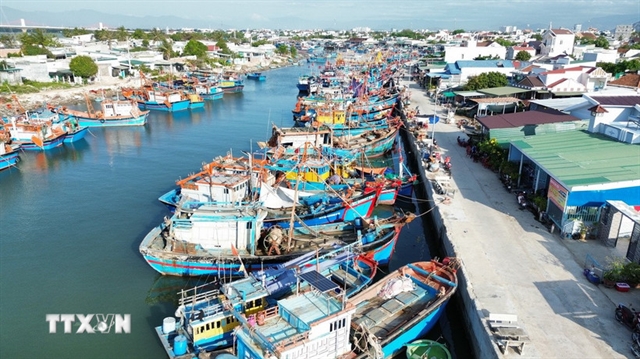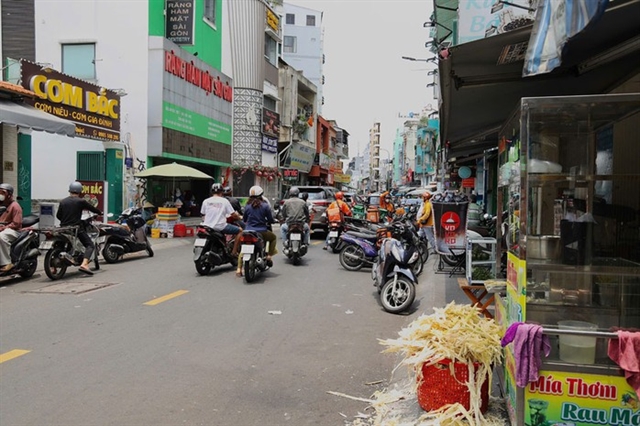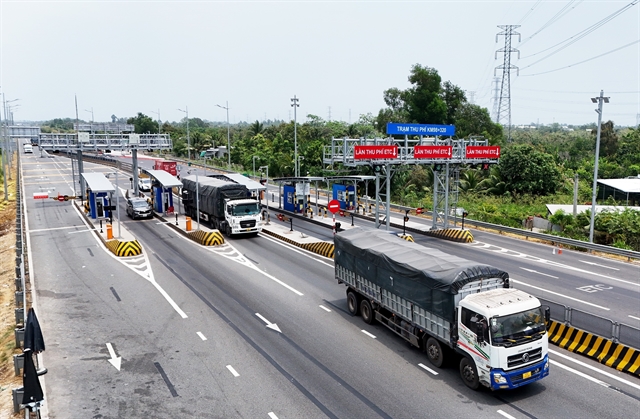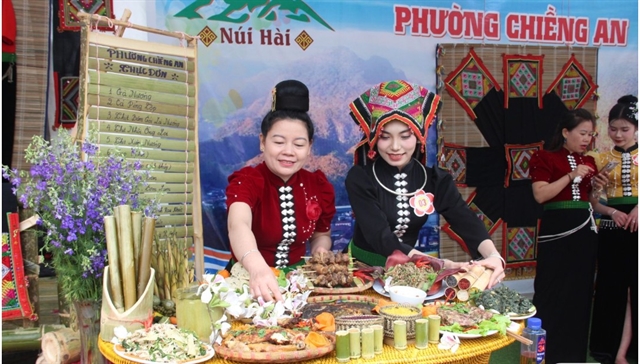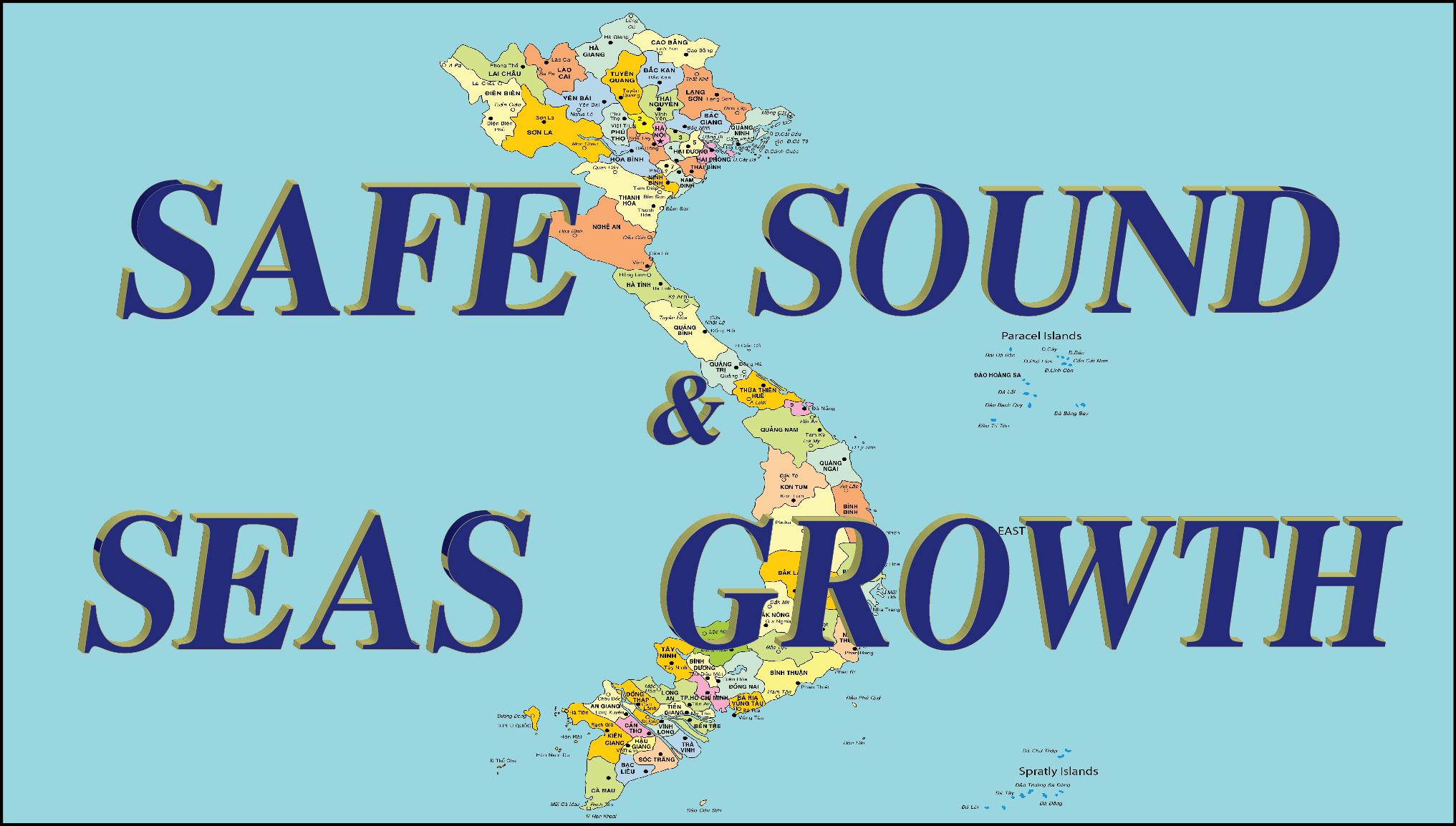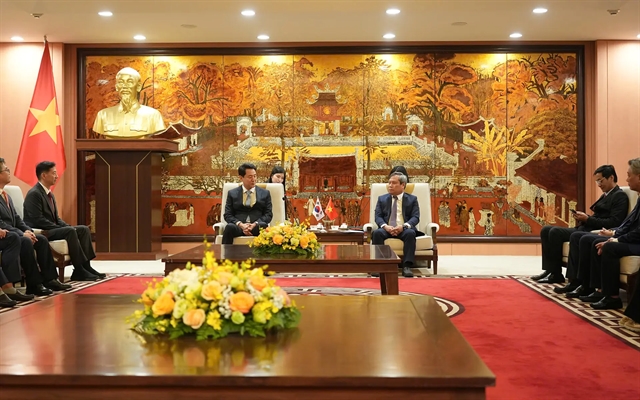
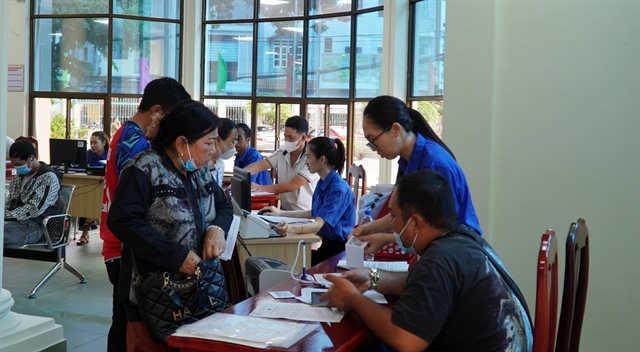 |
| Young volunteers help people complete administrative procedures in An Giang Province’s Rạch Giá Ward. – VNA/VNS Photo Văn Sĩ |
AN GIANG – An Giang Province’s new two-tier local government has operated effectively and received a warm response from residents after more than a month of running the model.
Following the mergers of provinces and cities that reduced them to 34 on July 1, the two-tier model came into effect the same day.
It saw the former An Giang and Kiên Giang provinces in the Cửu Long (Mekong) Delta combining into the new An Giang Province with 102 commune-level units: 85 communes, 14 wards, and three special zones (Kiên Hải, Phú Quốc and Thổ Châu).
These have quickly adapted to the model and are operating smoothly, despite the heavy workload and new challenges.
Rạch Giá Ward, the provincial capital, home to 250,661 residents and the largest population of any ward in Việt Nam, has implemented the model effectively.
Mai Hoàng Khởi, secretary of the Rạch Giá Ward Party Committee, said: “The ward’s public administrative service centre connects directly with residential groups and self-management teams via Zalo and management software. Once residents report an issue, staff respond and resolve it the same day.”
Trần Văn Thạnh, a retail trader at Rạch Giá Market, said: “At first, when I heard about the merger, I worried that overlapping work would delay public services. But now everything is fine. People can submit administrative documents online. Security and order have improved, and ward officials are much friendlier.”
Administrative procedures have been strongly digitalised, reducing travel and saving costs for the public.
Dương Hồng Tuấn, deputy chairman of the Rạch Giá Ward People’s Committee, said that in the first month after the merger, the ward received and resolved 9,031 administrative documents of all kinds, excluding those handled by the police.
Of these, 5,853 were submitted online, accounting for 78.3 per cent, with 99.12 per cent completed on time, he said.
Upgrading public services
In several communes and wards, office buildings have been repaired and rearranged to meet administrative needs.
The handling of administrative documents continues to follow proper procedures and timelines, avoiding backlogs or delays and maintaining stability in public administration.
Huỳnh Văn Tình from Vĩnh Hòa Commune said: “My commune has been merged, but former commune officials still remain on duty, guiding residents carefully through procedures.”
The province’s two-tier local government also responds promptly to social welfare and economic support needs, ensuring the effective implementation of poverty reduction and agricultural and fisheries promotion programmes.
 |
| A young volunteer helps a member of the public obtain a queue token digitally to register for administrative procedures in An Giang Province’s Rạch Giá Ward. – VNA/VNS Photo Văn Sĩ |
The Youth Union at all levels has formed volunteer teams, helping local authorities process administrative procedures quickly, accurately and effectively.
Thị Nhung, 65, of Định Hòa Commune received help from youth volunteers when handling land and temporary residence procedures. She did not know how to log into VNeID or use the number-issuing system for registrations.
“When I went to handle the paperwork, I was anxious because I’m not familiar with using a phone or computer.
“Thanks to the volunteers’ guidance, I registered successfully and received an appointment slip to collect the results in a few days. I’m very happy.”
According to Thị Phương Hồng, deputy secretary of the province’s Youth Union, all 102 commune-level units in the province have youth volunteer teams -- with a total of 1,353 members -- who assisted more than 20,000 people in the first three weeks after the merger.
The propitious start notwithstanding, operating the two-tier government does face challenges.
Some central regulations and guidelines remain vague, and some officials are not yet familiar with digital work.
Nguyễn Xuân Thịnh, deputy secretary of the Hội An Commune Party Committee and chairman of its People’s Committee, said the commune lacked specialised staff in several sectors, and facilities and equipment did not yet meet administrative needs.
It had asked the province to upgrade infrastructure, add staff, improve the server system, and increase support policies for commune-level officials, he said.
The province is reviewing and strengthening organisation, reallocating staff, training skills, and improving IT infrastructure to meet post-merger demands.
Nguyễn Như Anh, director of the province Department of Home Affairs, said: “This is not just a territorial rearrangement but an opportunity to renew state management and improve public service.”
The province’s communes, wards and special zones have streamlined structures, boosted digital adoption, reformed procedures, and listened to residents.
At the provincial level, agencies run smoothly thanks to diligent preparations before the merger.
The Department of Home Affairs provided training in management and administrative skills to officials in all 102 units.
A shared database of boundaries, population and organisational structures has been built to improve coordination and avoid overlaps.
For complex tasks such as land issues, the Department of Agriculture and Environment guides residents directly at commune-level administrative offices.
Lê Hữu Toàn, its director, said: “Our leaders and officials regularly visit the grassroots to assist with land records. The ‘no administrative boundary’ principle lets residents apply for land use certificates in any commune, reducing travel and costs.” – VNS
